
Among the most important assets in rural communities are natural resources and built infrastructure. For generations, economic interests across the country have exploited or extracted natural resources from rural areas without long-term planning to ensure those resources would last into and support future generations in those communities. Likewise, significant investment in the maintenance of existing and the building of new infrastructure essential to community and individual well-being – from roads and bridges and buildings and clinics to broadband coverage – has bypassed much of rural America.
Moreover, the resulting environmental, health, and economic costs have overwhelmingly fallen on the poorest and BIPOC populations in rural communities. To have enduring and equitable prosperity, rural communities must act to connect (and steadily improve) their natural resources and built environment with their economic viability both today and for future generations.
BUILDING BLOCK EVIDENCE
Evidence indicates that this building block is important because of the integrated nature of ecosystems, development, economic opportunities, and human well-being.1 As part of the Millennium Ecosystem Assessment (MEA), Duraiappah and colleagues1 explored different ways societies respond to or intervene in the management of their natural ecosystems, including legal, economic, behavioral, and technological, and further examined the impact and consequences of those responses on ecosystem services, well-being, and poverty reduction. Policies and practices implemented in any of these areas will have different benefits, risks, and burdens for different groups of people, and the impact may happen in the future and possibly not even in the immediate geographic location.
Assessments of the WealthWorks program — a program focused on building multiple forms of wealth/capital, including economic, social, and natural, that makes locally-informed, system-wide investments of resources, skill building, and policy work in rural communities and regions — point to the benefits of models that attend to both economic and environmental outcomes. Their work is focused on building value chains, or “a set of relationships among the people and businesses whose skills and contributions are essential to produce a good or service valued by buyers in the market”.2, p.7 An assessment of their capacity building efforts with multiple community and economic development organizations demonstrates positive economic and environmental outcomes through the development of value chains in energy efficiency retrofitting, biofuel production, local food producers’ access to wholesale buyers, grass-fed beef, and access to Forest Stewardship Council certification to support stewarding and sales of sustainably harvested trees.2
Efforts are increasing to implement strategies aligned with a Just Transition – “the idea that justice and equity must form an integral part of the transition towards a low-carbon world” and that framing jobs versus the environment as a binary choice inhibits possibilities for “a more profound transition that could transform the economic and political structures that reproduce and exacerbate inequalities and power asymmetries”.3, p.3-4 The evidence for Just Transition efforts is emerging and mainly consists of case studies and descriptions of projects (for case study examples, see UNRISD 2018, Just Transition Initiative, Just Transition Centre 2017).3-5 Studies of the work of the economic transition team of Alliance for Appalachia indicated that there were successful Just Transition initiatives happening across the region.6,7 Active participants in those initiatives identify the need for more appropriate and useful policies and more multisectoral support, as they report feeling supported by community-based organizations but not by the government in their efforts.
With regard to understanding the impact of the green economy or green jobs, the sunsetting of the Bureau of Labor Statistics’ Green Goods and Services survey (BLS GGS) has hampered the already challenging task of measuring the impact of the green economy in the US.8 Many analyses of the green economy still draw upon older data from the BLS project, combining them with other data sets. One estimate that draws from the Low Carbon and Environmental Goods and Services Sector (LCEGSS) and multiple other data sets found that the green economy represents $1.3 trillion in annual sales revenue and employs 9.5 million people on a full-time basis, which represents about 4% of working age adults.8
Curated ReSources

WealthWorks: A Powerful Tool for Thriving Rural Places
WealthWorks is an approach to doing economic development differently that inspired and continues to inform the Thrive Rural Framework. Learn more about the WealthWorks approach.
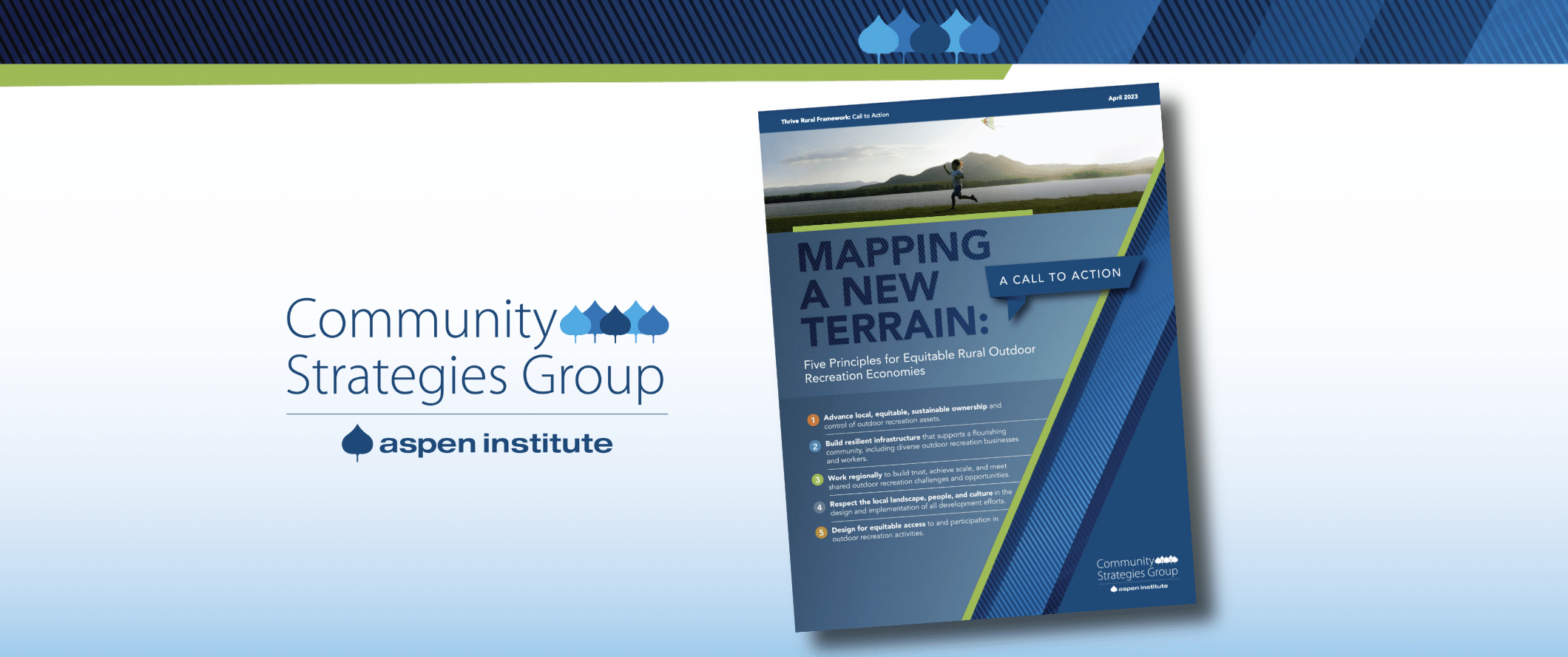
Mapping a New Terrain: Call to Action
As new rural outdoor recreation economies take root, we can meet this moment by improving how we do outdoor recreation development to better support rural families, businesses, and workers, create more sustainable and equitable economic systems, and improve local health and wellbeing.
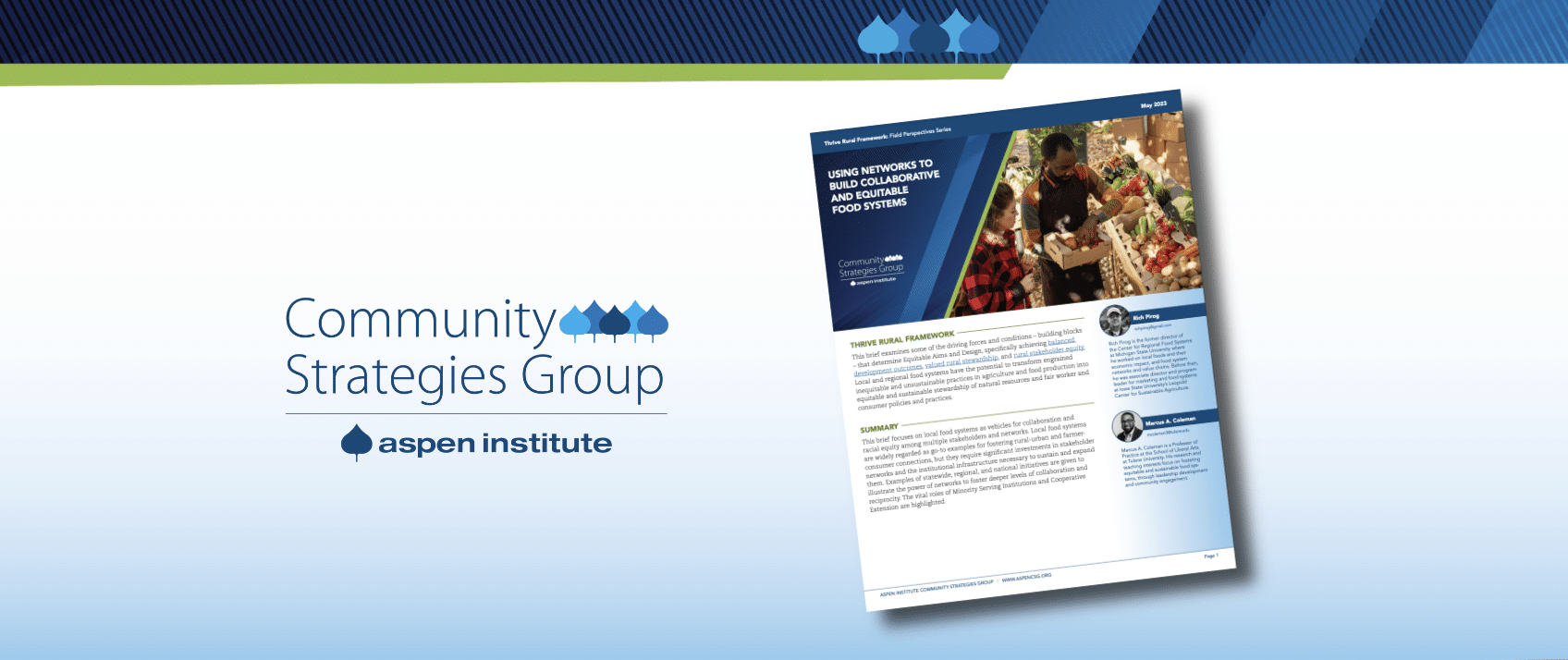
Using Networks To Build Collaborative & Equitable Food Systems
This brief focuses on local food systems as vehicles for collaboration and racial equity among multiple stakeholders and networks.

Outdoor Recreation Economies: Challenges & Opportunities
Outdoor recreation is driving new opportunities for local communities in many rural places. See ways to do economic development differently with rural recreation economies.

Stewarding Land and Growing Rural Prosperity
Rural and Native communities have been stewarding the land for generations. Many are using new ways of growing nature and…
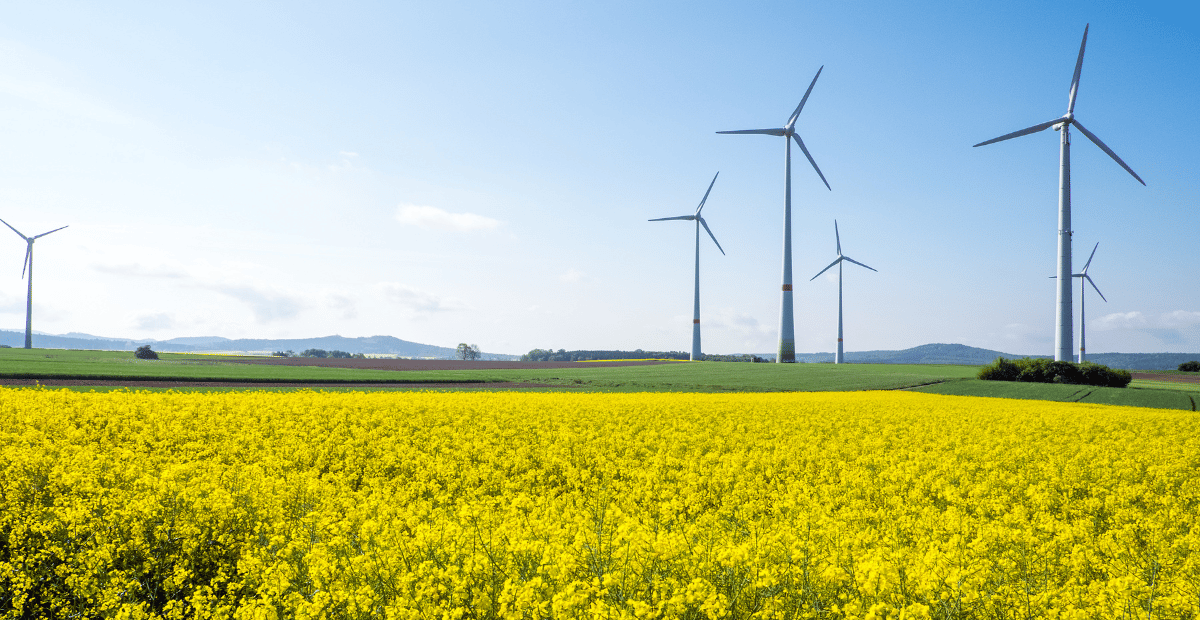
Rural Environmental Justice Practices & Resources
Practitioner insights and resources on rural environmental justice, including ideas on just and equitable energy transitions.
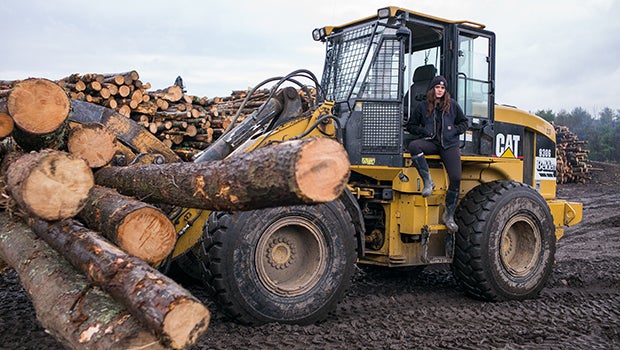
Climate Solutions for Rural Regions
A recent New York Times article detailed the climate-related pros and cons of using wood pellets for heating in the Southeast United…
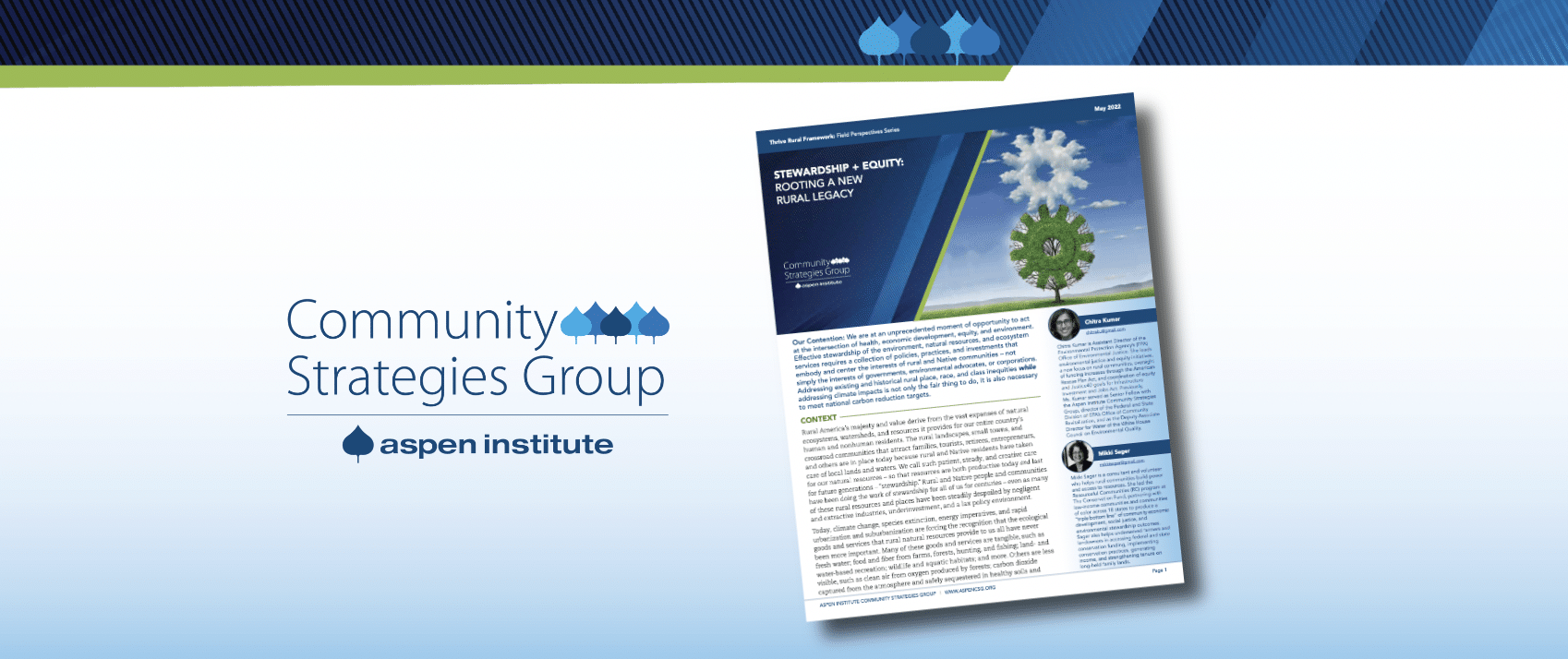
Stewardship + Equity: Rooting a New Rural Legacy
Rural and Native communities have been stewarding the land for generations. Many are developing new ways of growing nature and…
Field Items
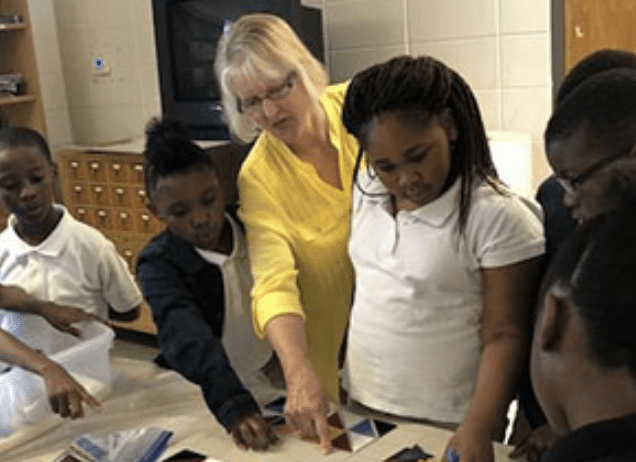
ECONOMIC DEVELOPMENT SUCCESS STORIES
WealthWorks
Head over to the WealthWorks website to read success stories from communities from across the country.

UN SUSTAINABLE DEVELOPMENT GOALS
United Nations Development Programme
The Sustainable Development Goals were adopted by the United Nations in 2015 as a universal call to action to end poverty, protect the planet, and ensure that by 2030 all people enjoy peace and prosperity.

SMART GROWTH IN SMALL TOWNS AND RURAL COMMUNITIES
United States Environmental Protection Agency
Resources from the EPA. Smart growth strategies can help rural communities achieve their goals for growth and development while maintaining their distinctive rural character.

ENSURING AN EQUITABLE JUST TRANSITION
RMI
RMI presents a comprehensive review of state legislation that supports coal communities and workers facing economic transition mapped onto our policy framework.
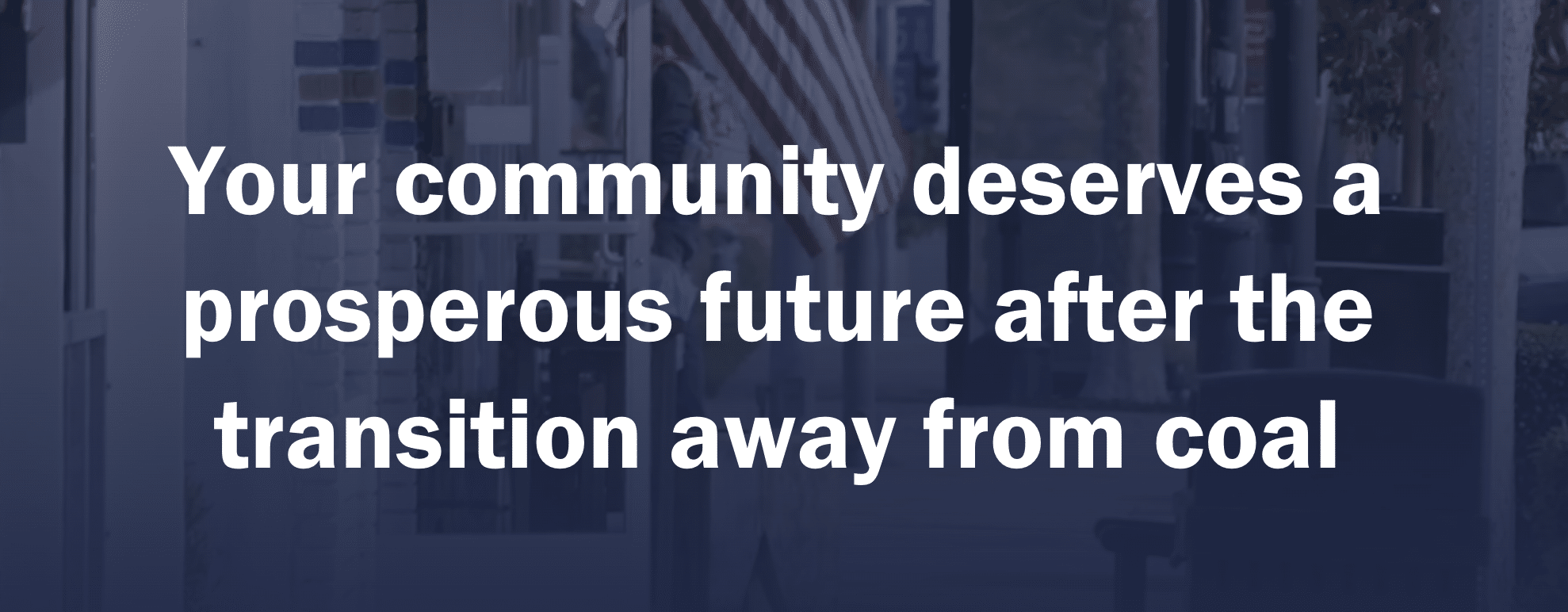
JUST TRANSITION FUND
Just Transition Fund
The Just Transition Fund is on a mission to create economic opportunity for the frontline communities and workers hardest hit by the transition away from coal.
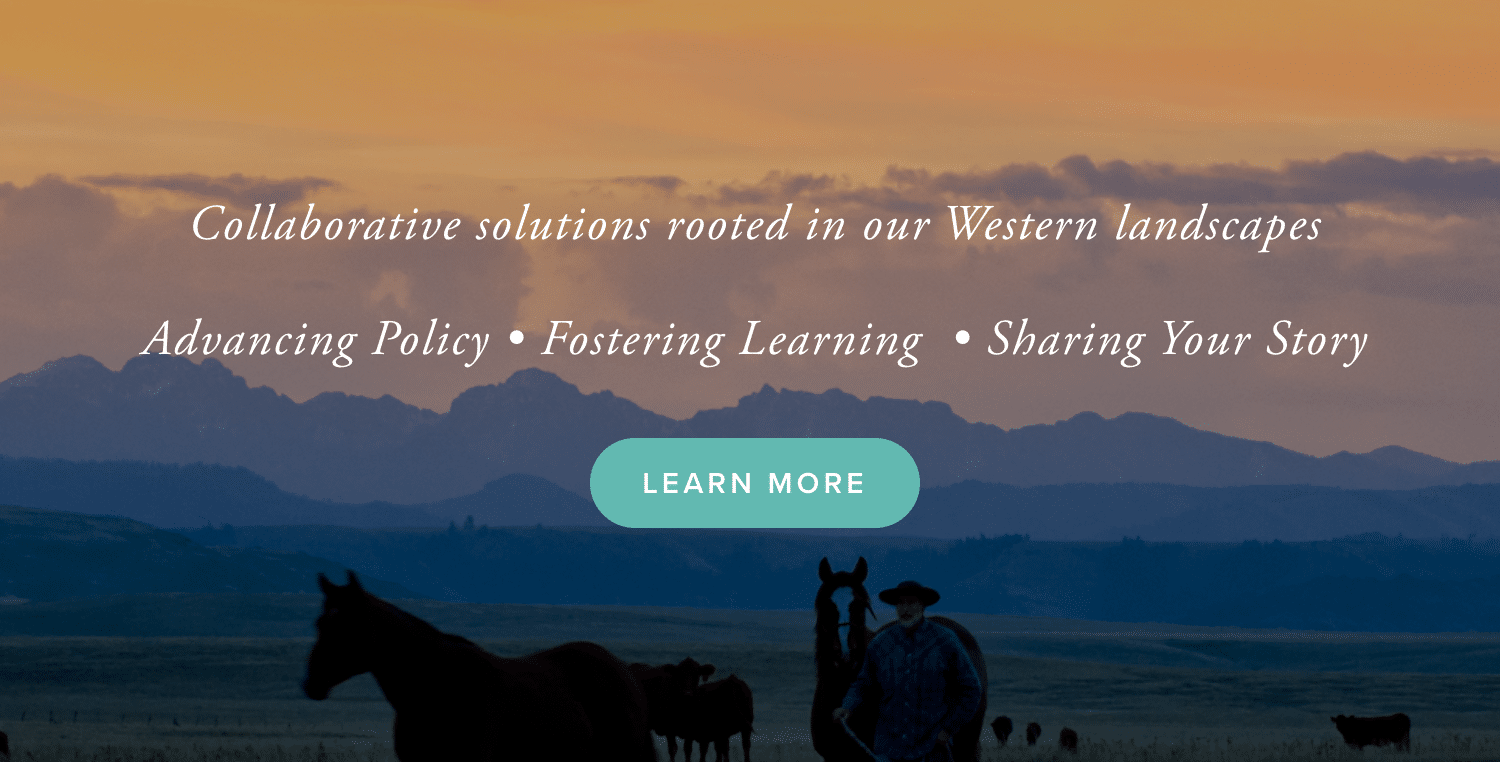
RURAL VOICES FOR CONSERVATION COALITION
Rural Voices for Conservation Coalition
RVCC is committed to finding and promoting solutions through collaborative, place-based work that recognizes the inextricable link between the long-term health of the land and the well-being of rural communities.
We see the framework as a living document, which necessarily must evolve over time, and we seek to expand the collective ownership of the Thrive Rural Framework among rural equity, opportunity, health, and prosperity ecosystem actors. Please share your insights with us about things the framework is missing or ways it should change.
